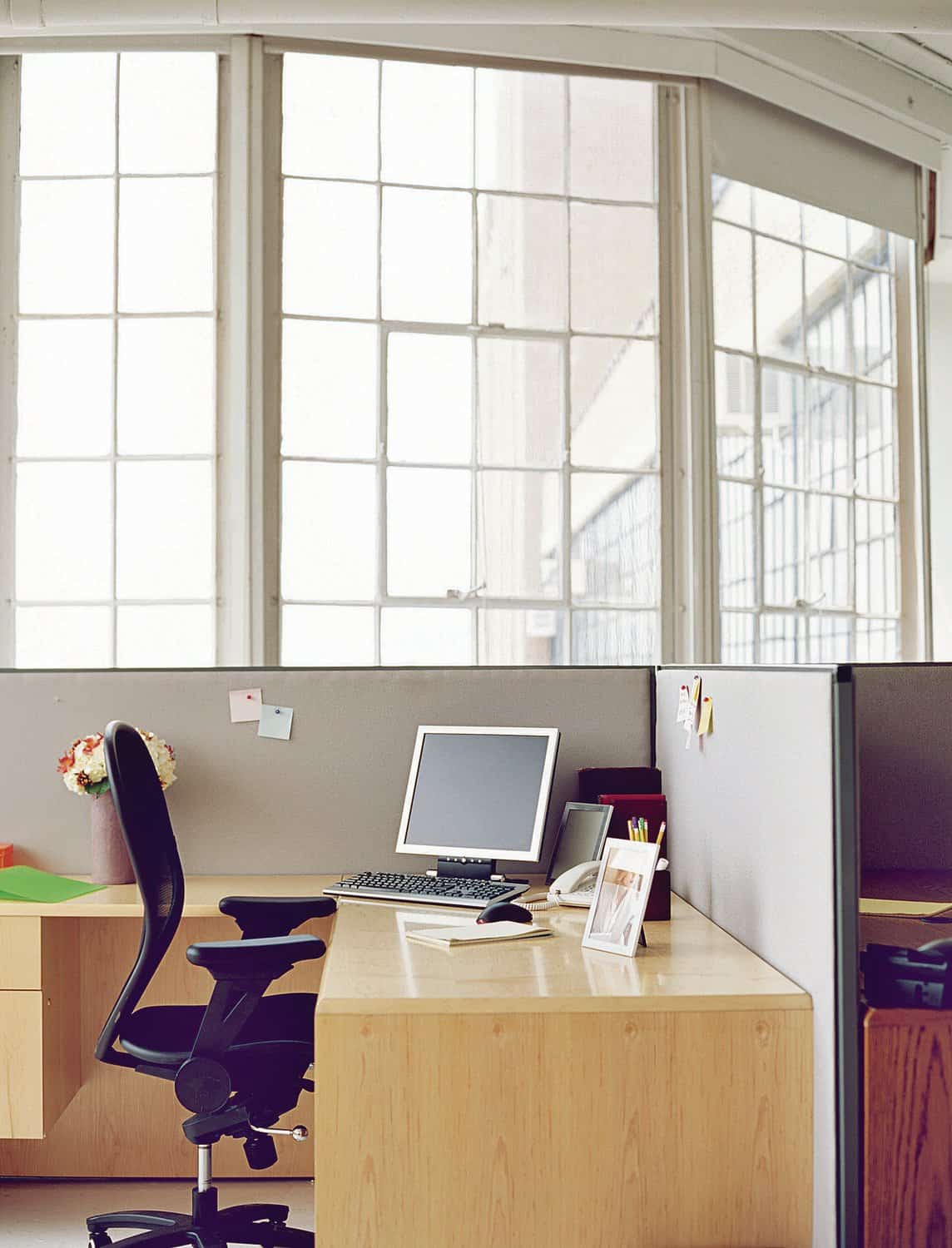Your company’s comeback plan


Shutting down your business due to the COVID-19 pandemic was difficult; reactivating it will be even harder.
There are ways to do it so that you can cut costs dramatically. However, if you fail to adjust to a new normal, word is going to get around that your place of business is unsafe and your competition could take your sales. You want to flip that script.
Your customers will be demanding visible steps that you are protecting them and your employees. To reopen your business successfully, you must build trust by exhibiting hyper-hygiene, providing protective equipment — like masks and gloves — for employees, and enforcing social distancing. No-touch temperature checkpoints for employees and customers are going to be the next big thing to show that you are serious about safety protocols.
At the most basic level, provide sanitizers, disinfect your workplace and tools daily, suspend rules regarding unexcused absence to encourage sick workers to remain home, install hands-free sinks and paper towel dispensers, install plexiglass shields for those interacting with customers, and limit the number of people in your store.
There are also architectural considerations to de-densify the office. Remember the high-walled cubicles seen in the 1999 film “Office Space?” They’ll make a comeback.
You could also divide your workforce in half, some people only working Monday, Wednesday and Friday one week, and others on Tuesday and Thursday — alternating days with alternating desks (or nightly sanitizing, with fewer personal items and more open desks and workstations).
Use signs and painter’s tape to help enforce social distancing by guiding walking traffic in a single direction. Stagger starting times to limit interaction and reroute workers through separate entrances and exits. Have employees get in a single-file line, 6 feet apart, to check temperatures. Perhaps deputize an office “health cop” to enforce rules.
Business-as-usual may look different after the COVID-19 pandemic. You’ll see more showroom livestreaming and more drive-thru shopping. No more self-serve salad bars. More phone-pay instead of currency exchange. More inter-office videoconferencing instead of the conference room.
There will be more sales pitches over Zoom and less schmoozing a prospect over dinner. Also, your suppliers may not be ready to service you, so, be prepared.
Businesses are scrambling to minimize their damage from the shutdown. They also need to plan the growth aspect of their comeback. Search for opportunities by asking, “How will consumer preferences shift? How will your business be changed as a result of the crisis?”
If you were to start a new business today, would you start a business exactly like the one you had at the start of the year? What needs to happen operationally to support the modified business model? Rarely do we ask ourselves such radical questions. It’s time to reevaluate everything — sunk costs have no value to you. If it’s no longer the best option for you, it’s time for you to make a change.
Change during a crisis is inevitable, and the best way to figure out how to get to where you are going is to know where you are now.
If you asked me how to get to the Taj Mahal, I could do that. But, first, you’d have to tell me where you are now. Create a comprehensive profitability assessment to determine where you make the most money, and where you don’t. Many firms don’t even know where their biggest margins are. In a growth situation you can get away with that, but in a turnaround you need to shrink your focus and dedicate effort to profitable areas. Even if you did know which margins were the best five months ago, that may have changed.
If you laid off workers, determine whom you will need to bring back to focus on those more profitable areas. If you’ve retained employees, it may be time to downsize as you shift capacity away from less profitable areas. Also, see who wants to come back.
Laid-off employees who filed for unemployment benefits under the CARES Act may wish to continue receiving the additional $600 per week. Others may want to take advantage of the Family First Coronavirus Relief Act and take paid sick leave. You may believe it will be easy to rehire your furloughed employees, however, across the nation there have been instances of workers walking off, requiring better safety protocols.
For weeks, millions of us have been locked out of the office. What we’ve learned is that we can be highly productive working remotely, especially after having invested in new licenses and technologies, beefing up internet connections and setting up VPNs and other cybersecurity protocols. Nobody would have ever intentionally done this to a business — completely changed the way we communicate, sell, distribute, connect, and otherwise operate. Business owners should consider reducing office space by as much as one-third, aiming to get another 5 to 10 percent of cash flow.
“Mind Your Business” wants to help your Berkshire County company with its comeback plan. E-mail “Mind Your Business” in the subject line to [email protected] and, while supplies last, we’ll donate a comeback bag including N95 masks, homemade masks, painter’s tape, no-touch infrared thermometers, and sanitizing lotion and wipes.
Allen Harris, the author of “Build It, Sell It, Profit – Taking Care of Business Today to Get Top Dollar When You Retire,” is a certified business valuation specialist, certified value growth adviser and certified exit planning adviser for business owners.
He is the owner Berkshire Money Management (BMM) in Dalton, managing investments of more than $500 million. Allen’s forecasts and opinions are purely his own. None of the information presented here should be construed as an endorsement of BMM or a solicitation to become a client of BMM. Direct inquiries to Allen at [email protected].
This article originally appeared in The Berkshire Eagle on May 8, 2020.
Allen is the CEO and Chief Investment Officer at Berkshire Money Management and the author of Don’t Run Out of Money in Retirement: How to Increase Income, Reduce Taxes, and Keep More of What is Yours. Over the years, he has helped hundreds of families achieve their “why” in good times and bad.
As a Certified Exit Planning Advisor, Certified Value Builder, Certified Value Growth Advisor, and Certified Business Valuation Specialist, Allen guides business owners through the process of growing and selling or transferring their established companies. Allen writes about business strategy in the Berkshire Eagle and at 10001hours.com.




